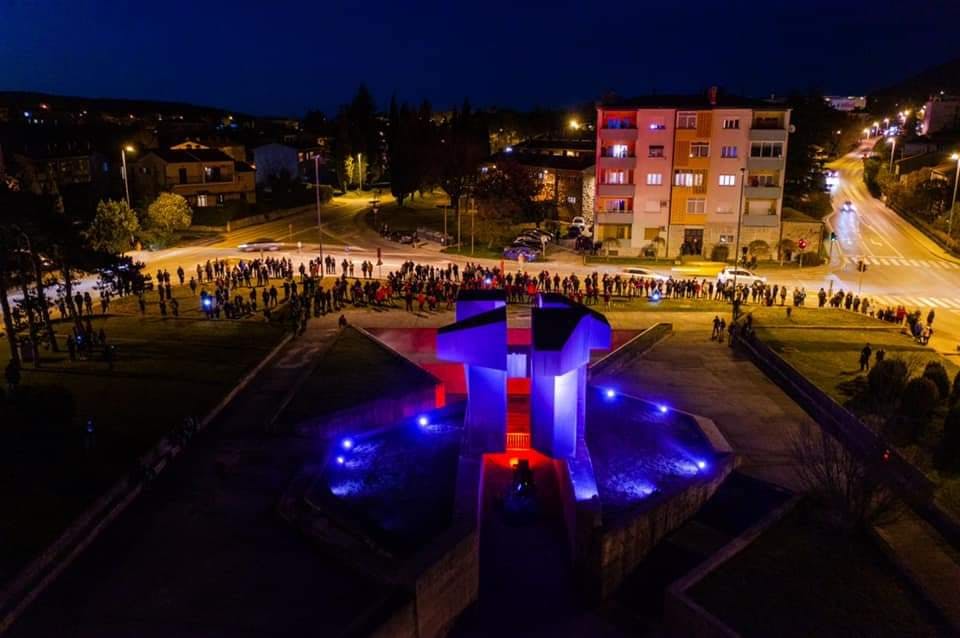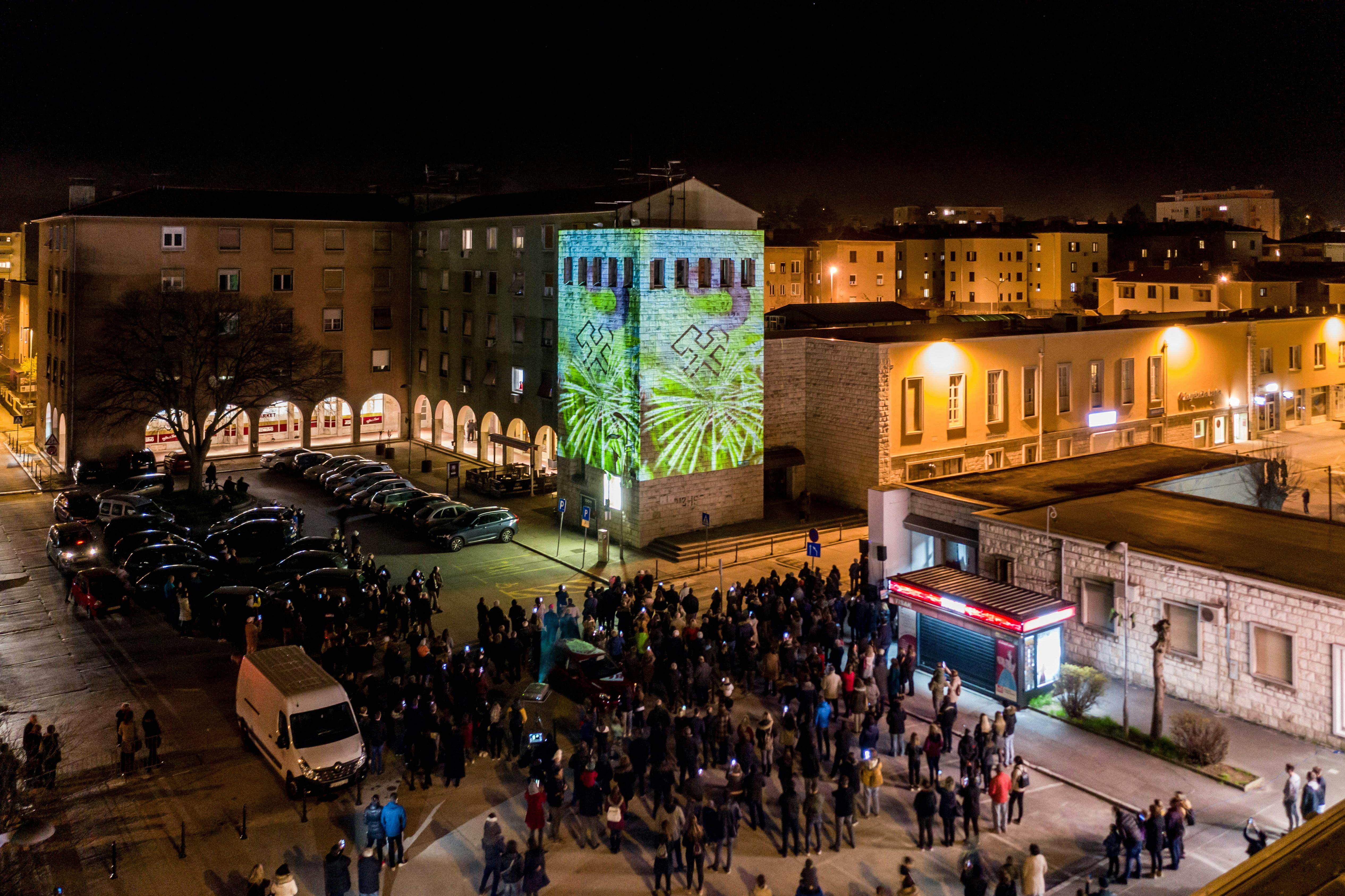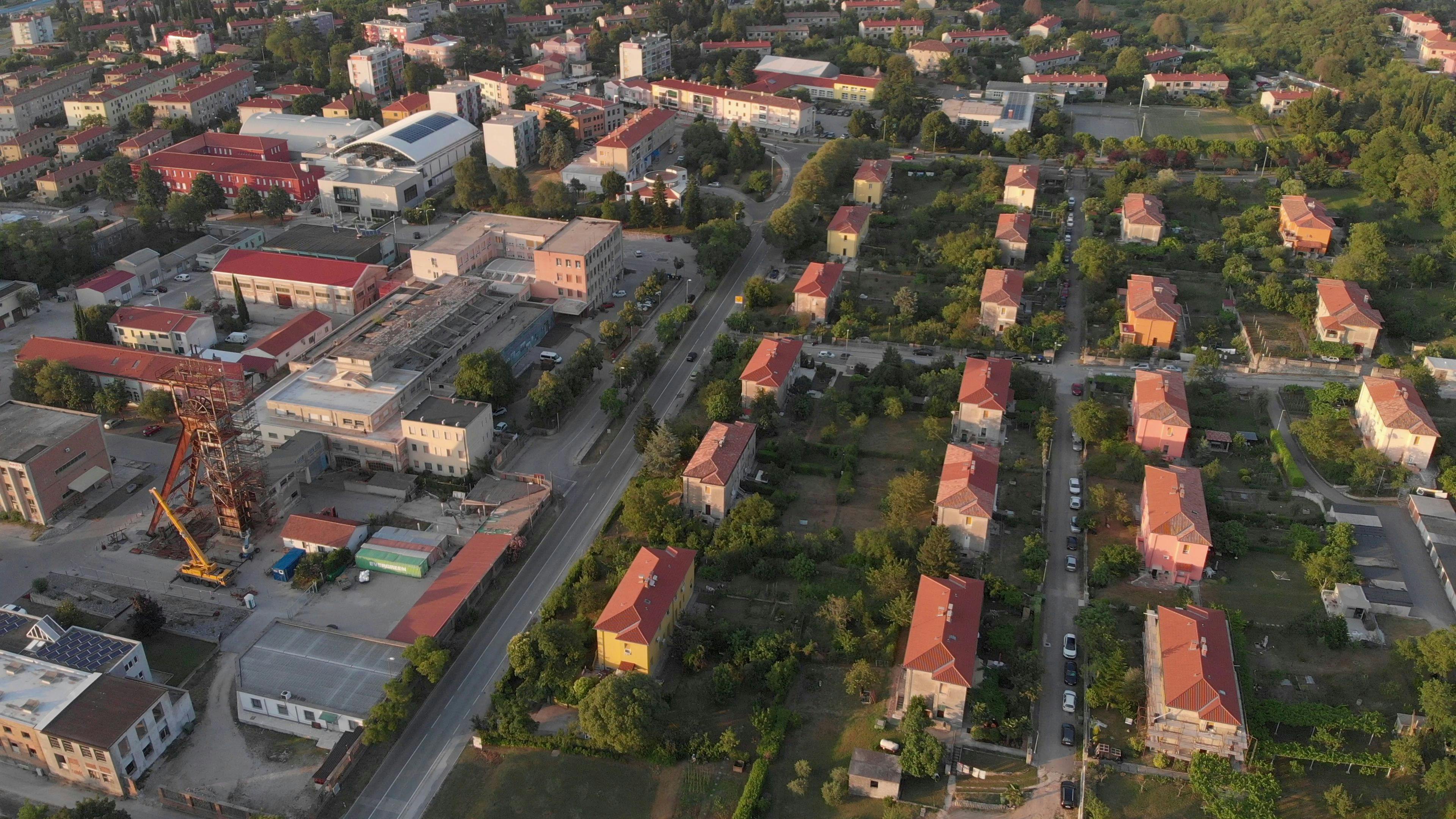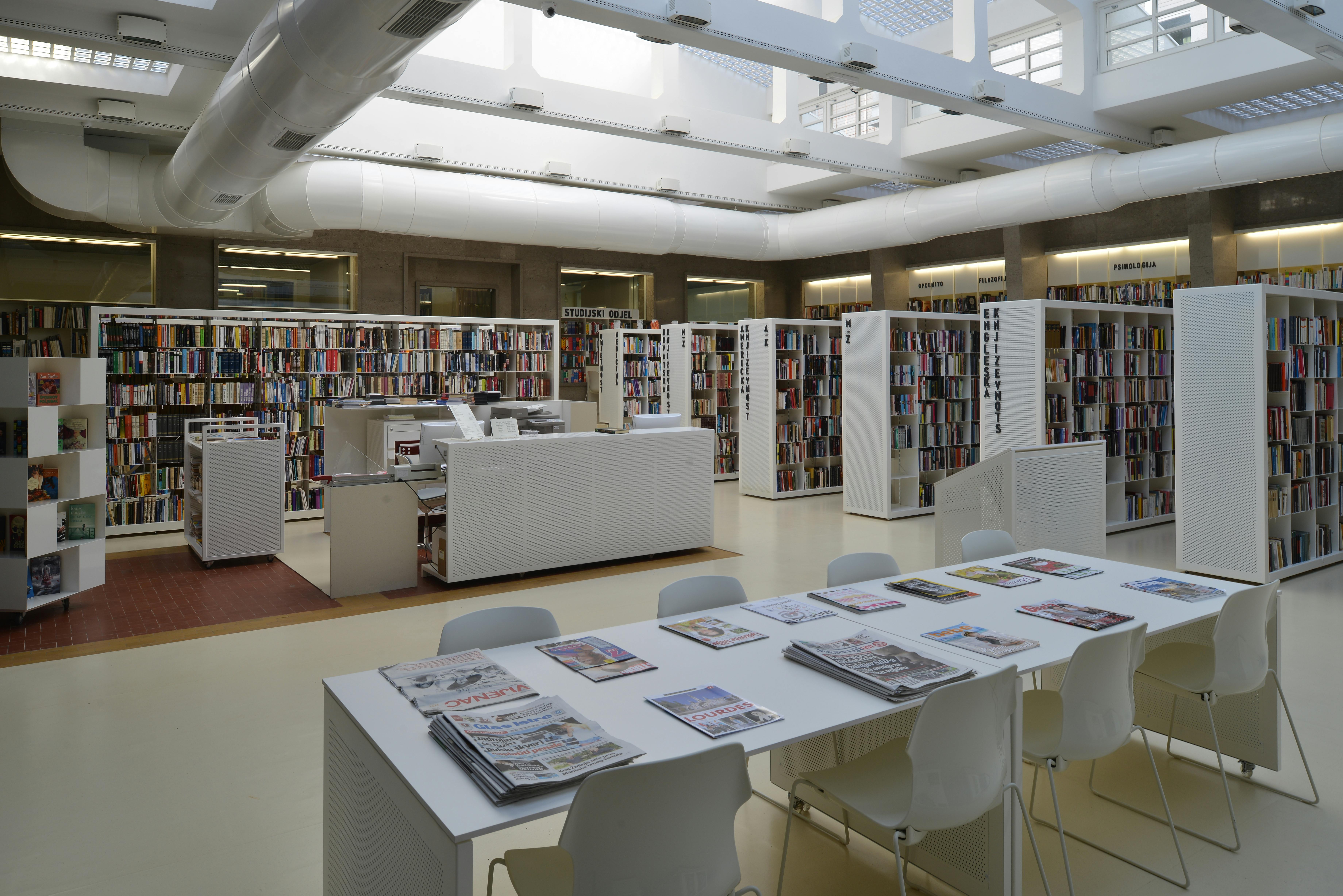HISTORY OF MINING HERITAGE
The population in the southern part of the Labin region started mining almost 400 years ago. Ever since then, mining in these areas has been continuously developing. Not only people from Labin and the surrounding area found employment here, but also people from the whole of Istria. Labin mining reached its peak after the First World War when Labin mines were known as being the most modern in Europe, and employing more than 10,000 workers. Record production was reached in 1942 with 1,158,000 tons of coal. After the Second World War, Istrian coal miners played a very important role in the post-war reconstruction. However, large coal reserves caused a decline in coal production, and in the 1970s the mine began to be gradually closed. Most of the mines were closed in the 1980s, mostly due to unprotability, while mining production has been continued by the new company, Istrian Coal Mines Tupljak. Unfortunately, in 1999, they also closed the pit, which also resulted in the closure of the last coal mine in Croatia.
Krvova placa
 The square in the settlement of Vinež, where 100 years ago, on March 2, 1921, miners from Labin went on strike and started the Labin Republic. About six hundred of them gathered and began an uprising against the fascists! One of them, Giovanni Pippan, was brutally abused in Pazin, and 600 brave people gathered, occupied the mines, mined access to the shafts and thus, without even realizing it, started the first anti-fascist uprising in the world. The Labin Republic lasted 37 days, and was attended by miners of various nationalities: Croats, Italians, Slovenes, Czechs, Slovaks, Hungarians, Poles. The solidarity of the workers did not know the national origin.
The square in the settlement of Vinež, where 100 years ago, on March 2, 1921, miners from Labin went on strike and started the Labin Republic. About six hundred of them gathered and began an uprising against the fascists! One of them, Giovanni Pippan, was brutally abused in Pazin, and 600 brave people gathered, occupied the mines, mined access to the shafts and thus, without even realizing it, started the first anti-fascist uprising in the world. The Labin Republic lasted 37 days, and was attended by miners of various nationalities: Croats, Italians, Slovenes, Czechs, Slovaks, Hungarians, Poles. The solidarity of the workers did not know the national origin.
Monument to the Miner-Fighter
 The monument to the Miner-Fighter is a memorial in honor of all the miners who started the Labin Republic and all the miners who gave their lives and youth to the mine. Not only in terms of dimensions, but also in terms of significance, this is the largest public monument in Labin and its surroundings! It consists of 4 hammers that form a bundle.
The monument to the Miner-Fighter is a memorial in honor of all the miners who started the Labin Republic and all the miners who gave their lives and youth to the mine. Not only in terms of dimensions, but also in terms of significance, this is the largest public monument in Labin and its surroundings! It consists of 4 hammers that form a bundle.
The Monument to the Miner-Fighter consists of four hammers, which symbolize mining hammers, at the bottom of which stands an (unfinished) architectural part - 'mining ditch', from where the view upwards reaches the black arc of the combined hammer construction. The tunnel under the hammer represents a memorial space and expresses respect for the fallen miners, ie those whose lives were marked by the struggle for workers' rights.
The Labin Miners' Square
 At the intersection of the two main streets of Labin, there is an elongated, rectangular town square. The space of the square is actually two-part, with most of the square having a civic function and is primarily intended for trade. This larger part of the square is dominated by a prominent, corner tower that represents the place from which the leaders addressed the masses. The smaller area of the square, slightly elevated compared to the larger one, is separated from it by a porch with four square openings and is entirely carved in stone. As the church and its bell tower are located on it, a smaller part of the square has a sacral purpose. In this mining settlement, we can come across retired miners and listen to the stories they have kept inside even today. An exhibition of ATRIUM posters exploring the tangible traces of totalitarian regimes of the 20th century in Labin and the Church of Sv. Francis erected in honour of St. Francis of Assisi can also be found there.
At the intersection of the two main streets of Labin, there is an elongated, rectangular town square. The space of the square is actually two-part, with most of the square having a civic function and is primarily intended for trade. This larger part of the square is dominated by a prominent, corner tower that represents the place from which the leaders addressed the masses. The smaller area of the square, slightly elevated compared to the larger one, is separated from it by a porch with four square openings and is entirely carved in stone. As the church and its bell tower are located on it, a smaller part of the square has a sacral purpose. In this mining settlement, we can come across retired miners and listen to the stories they have kept inside even today. An exhibition of ATRIUM posters exploring the tangible traces of totalitarian regimes of the 20th century in Labin and the Church of Sv. Francis erected in honour of St. Francis of Assisi can also be found there.
The Villette area
 From the Italian word villette, meaning “little villa,” comes the term for buildings of greater comfort built for mine management personnel. Each building was connected to a central mine hot water system ensuring that the rooms were heated by radiators, which was a very advanced novelty at the time. The interior of the four villas was specially designed for mine managers. The villas originally had two four bedroom apartments of approximately 100 m2 situated on the ground floor and first floor.
From the Italian word villette, meaning “little villa,” comes the term for buildings of greater comfort built for mine management personnel. Each building was connected to a central mine hot water system ensuring that the rooms were heated by radiators, which was a very advanced novelty at the time. The interior of the four villas was specially designed for mine managers. The villas originally had two four bedroom apartments of approximately 100 m2 situated on the ground floor and first floor.
Town Library

 In front of the City Library you can see ten interpretive panels representing the mining heritage of the city. Through the interpretation of history, you will also get to know the story of the century-old mining uprising known as the "Labin Republic". A chronology of events related to the revitalization and valorization of the mining heritage in the town of Labin is also be presented, with an emphasis on the recent renovation of Šoht as part of the MINE TOUR project.
In front of the City Library you can see ten interpretive panels representing the mining heritage of the city. Through the interpretation of history, you will also get to know the story of the century-old mining uprising known as the "Labin Republic". A chronology of events related to the revitalization and valorization of the mining heritage in the town of Labin is also be presented, with an emphasis on the recent renovation of Šoht as part of the MINE TOUR project.
Heading
To add this web app to your homescreen, click on the "Share" icon
![]()
Then click on "Add to Home"

To add this web app to your homescreen, click on the "Share" icon
![]()
Then click on "Add to Home"

It looks like your browser doesn't natively support "Add To Homescreen", or you have disabled it (or maybe you have already added this web app to your applications?)
In any case, please check your browser options and information, thanks!
It looks like your browser doesn't natively support "Add To Homescreen", or you have disabled it (or maybe you have already added this web app to your applications?)
In any case, please check your browser options and information, thanks!
